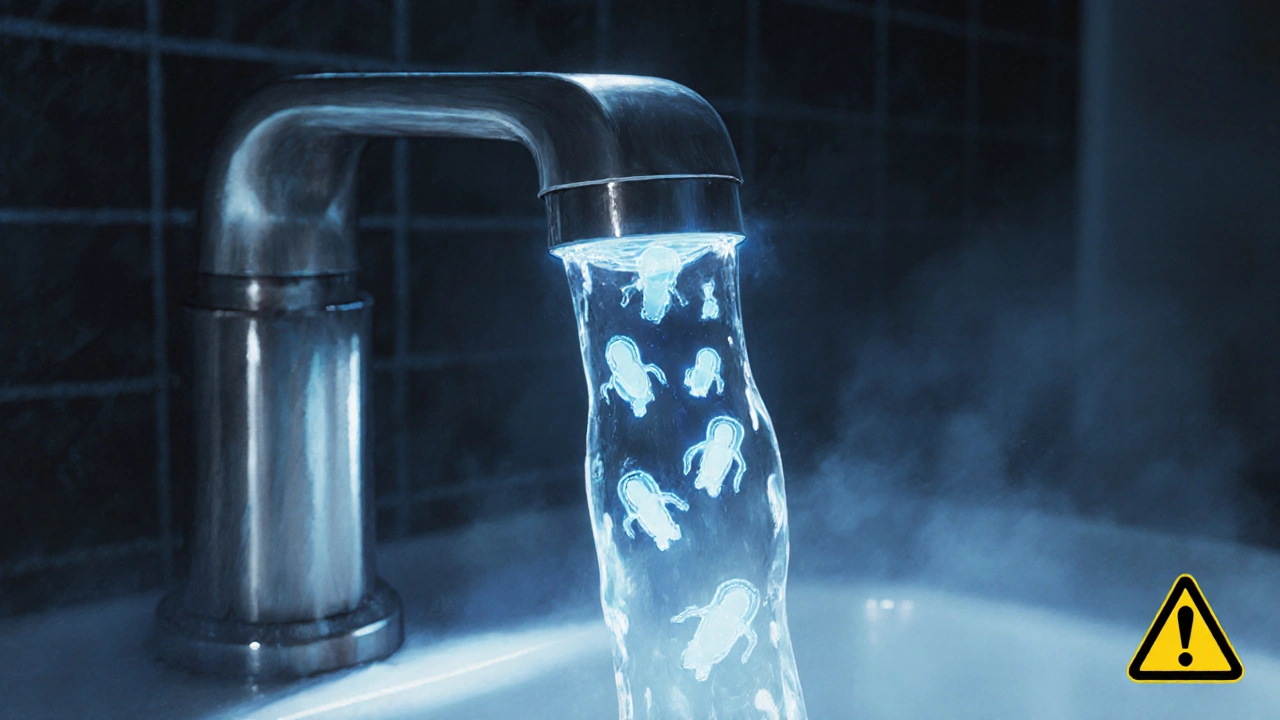
Amoeba Infections in Drinking Water: Risks, Symptoms & Prevention
Learn how hidden amoeba infections threaten water supplies, the diseases they cause, early symptoms, and practical steps to keep your tap water safe.
When we talk about water safety, the practices and precautions needed to ensure water is clean, properly consumed, and safe for human use. Also known as drinking water safety, it's not just about avoiding dirty pools or tainted lakes—it's about how water interacts with your body, especially if you're taking medication or pushing your limits during exercise. Too much water can be just as dangerous as too little, and the line between healthy hydration and life-threatening imbalance is thinner than most people realize.
Hyponatremia, a condition where sodium levels in the blood drop dangerously low due to excessive water intake is a real risk for athletes, older adults, and people on certain drugs like diuretics or antidepressants. It’s not rare—studies show it affects up to 18% of marathon runners who overhydrate. The same goes for people managing kidney disease: renal monitoring, regular checks of kidney function through blood tests like serum creatinine and cystatin C becomes critical because your kidneys can’t flush out excess water as efficiently. If you’re taking creatine, for example, your creatinine levels naturally rise, which can confuse doctors if they don’t know you’re supplementing. Water safety here means knowing your numbers, not just drinking when you’re thirsty.
Then there’s the hidden side: how water interacts with your meds. Lisinopril, warfarin, duloxetine, and even common painkillers can be affected by your hydration level. Too little water? Your kidneys struggle to clear the drug, raising toxicity risk. Too much? You might dilute essential electrolytes, triggering dizziness, seizures, or worse. That’s why storing and disposing of medications like Lisinopril properly matters—leaking bottles or flushed pills don’t just pollute the environment, they can contaminate drinking water supplies over time.
And it’s not just about what’s in your bottle. Water safety includes knowing if your tap water is safe, how to spot counterfeit supplements that might be mixed with unsafe fillers, and why some people with COPD or Alzheimer’s need special hydration plans. It’s not a one-size-fits-all rule. Your age, your meds, your activity level, even your climate—all of it changes the equation.
Below, you’ll find real, practical guides on how hydration affects kidney function, how athletes avoid deadly electrolyte crashes, and why some medications need careful water management. No fluff. No guesses. Just what you need to stay safe, whether you’re taking a pill, running a race, or just trying to drink water the right way.

Learn how hidden amoeba infections threaten water supplies, the diseases they cause, early symptoms, and practical steps to keep your tap water safe.